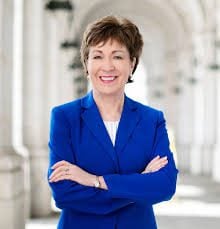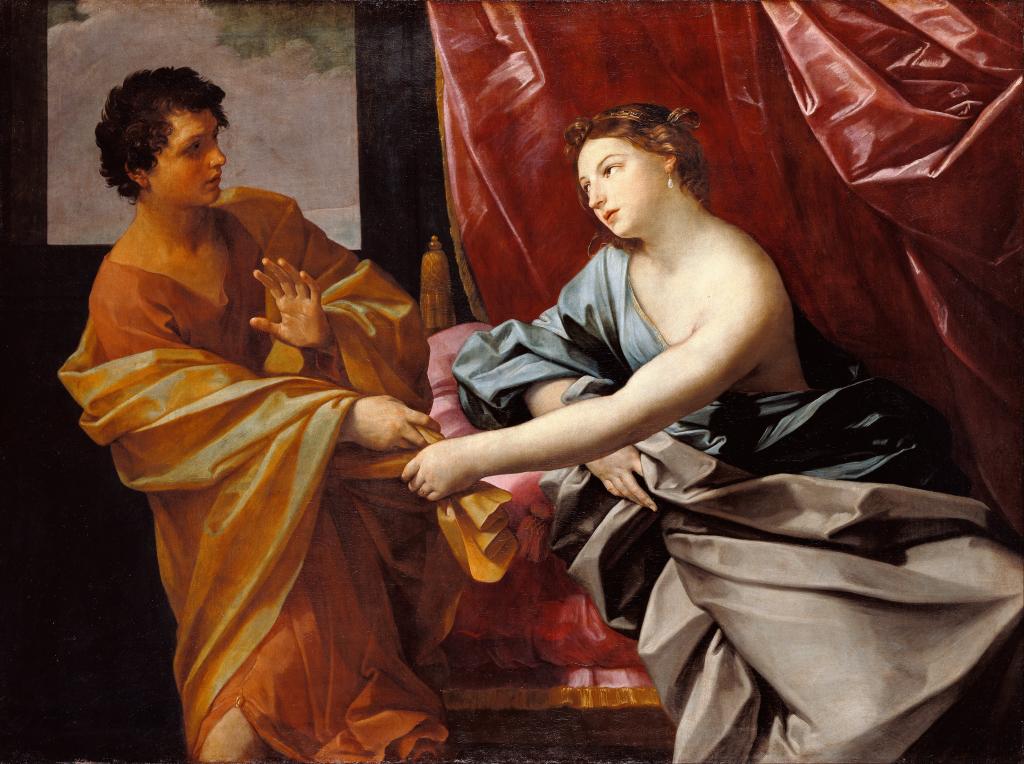In 1993, high-ranking LDS leader Elder Boyd K. Packer famously warned that feminists, intellectuals, and homosexuals were the three “dangers” to the Church. A decade later journalist Peggy Fletcher Stack asked, “Where Have all the Mormon Feminists Gone?” (Salt Lake Trib. 10/04/2003). Twenty years after Packer’s warning, and ten years since Stack pronounced them extinct, Mormon feminists have made a roaring comeback and these days regularly make national news. There are stars like Joanna Brooks who was featured in just about every media outlet imaginable last year, and new feminist blogs and organizations are popping up all over the last few years. The “Wear Pants to Church Day” in December 2012 was the largest mass action by Mormon feminists in history. Not since the 1970’s has Mormon feminism been so visible and active.
The focal points of Mormon feminism have changed only slightly over the past five decades. Today, Mormon women rarely argue that it is okay for women to work outside the home or for birth control as they once did because these issues are largely taken for granted (despite the persistence of anti-feminist treatment of these issues). Mormon feminists have won a number of other minor victories, like having women speak in General Conference, permitting menstruating women to participate in baptisms for the dead, getting the Church to ease up on its anti-birth control stance, and allowing women to offer opening prayers in church meetings. Still, the range of issues today are largely consistent with the past, based on concerns for fairness, equity, and equality. There is no single, agreed upon agenda. Mormon feminist concerns might include relatively minor issues, such as making sure that the budgets for the Young Women’s and Young Men’s programs are equal, up to the “radical” idea that women could exercise their capability to perform blessings, ordinances, and hold positions of leadership and authority as bishops, high counselors, or apostles, for instance.
For the most part, Mormon feminists tend to focus their attention on issues relating to Church policies or the domestic sphere. Widely accepted Mormon feminist issues include validating motherhood, equitable divisions of labor at home, and making women more visible and audible in Church. Sometimes the issues of single and divorced women come up, but often those who speak out on Mormon feminist issues most successfully are those who conform to Mormon norms (married, with children, heterosexual, well-educated, middle class or higher). Mormon feminists are rarely activated on issues dealing with violence, poverty, race, or non-heterosexuality. In some ways, Mormon feminism can appear anachronistic and parochial to outsiders, though these criticisms do not take account of the ways that Mormon feminism remains largely in its first wave of concerns.
The reemergence of Mormon feminism has also laid bare some of the tensions with Mormon anti-feminists and between Mormon feminists themselves. Anti-feminists have issued stern warnings using lots of scare quotes, moralizing, and boundary marking around who can be a good Mormon woman and what kinds of practices are acceptable. These approaches leverage the space between “feminist” and “Mormon,” framing the two as incommensurable. Those critical of Mormon feminism do not sympathize with the way that most Mormon feminists feel that they are not a contradiction in terms, or that they must privilege one identity over the other. For most Mormon feminists, the conflicts are not the core elements of either Mormon or feminism, believing that the two are fundamentally compatible. The disagreement between Mormon feminists and their opponents is over what is essential to Mormonism and what can withstand revision.
Among anti-feminists, the idea that Mormon feminists want to make women into men or erase the differences between men and women remains a pervasive argument and continues to be put forward not only by those who do not know better, but even by some conservative Mormon intellectuals. Whatever this “sameness” means, it is almost always asserted as self-evidently condemnable. In many ways, Mormon feminists are still confronting the idea of natural sex roles as the primary intellectual argument of their opponents. The question of what the differences are, how they are discursively essentialized, and how the discourse of difference is mobilized to enforce certain norms that privilege some positionalities, remain the most pertinent theoretical issues in Mormon feminists ideological criticism. Mormon feminists do not believe that men and women are the “same,” any more than the categories of “man” and “woman” are stable. Rather, to varying degrees they argue that the differences do not warrant the hierarchy of men over women, the normative roles enforced upon them, or the categorical assignment of men and women to different responsibilities within the church or the home (especially when those responsibilities are not distributed on any other basis than sex). The question is what is the same, what is different, what forces have produced these performances and perceptions, and what the ethical and cultural implications of those positions are.
Though Mormon feminists are united in their disagreement with interpretations of Mormonism that privilege maleness, between Mormon feminists, numerous perspectives exists. The diminished taboo on the “f-word” has meant that many educated, conservative Mormon women have even adopted the term, resisting the critiques of their more liberal counterparts. These women differ over the degree and nature of the problem in Mormonism for women (or in some cases whether there is a problem at all), and how far to go. For example, many Mormon feminists sat out of the “Wear Pants to Church” day either because they disapproved of the method for creating change or because they could not agree completely to the list of things being protested. Those who have taken the risks to be critical occupy an extremely tenuous space not only among anti-feminists, but Mormon feminists as well.
The future of Mormon feminism will continue to wrestle with the theoretical questions of that have animated broader feminist concerns, confronting the nature of sex as a category and difference as a feature of that category. One popular Mormon feminist position holds that men and women are complementary pairs, equal but different parts that together make up a whole. Many Mormon women point to the increasing prevalence of the rhetoric of complementarianism (parents are “equal partners” instead of “husbands preside”) to describe marriage as a space for equality. One problem with Mormon feminist focus on domestic space has been a lack of attention to how the models of difference and equality in those spheres might translate in other contexts. Rarely is complementarianism used as an argument for women as co-leaders of congregations, let alone in secular spheres like education, business, or politics. While equality (whatever that term might mean) might be applied to marriage and the home, complementarianism still limits equality to primarily private spaces, while public spaces are not expected to conform to complementarian ideals. For this reason, and others, many Mormon feminists are also skeptical of complementarianism as a starting point.
The tensions between Mormon feminists actually point to the healthy conversations that are occurring, and clarify the issues that remain to be addressed. The divisions between Mormon feminists point for the need of serious theorizing about gender, difference, and equality. Whether the next two decades will look like the yo-yo of the last two decades, and whether the same issues will endure at the heart of Mormon feminist concerns remains to be seen.











